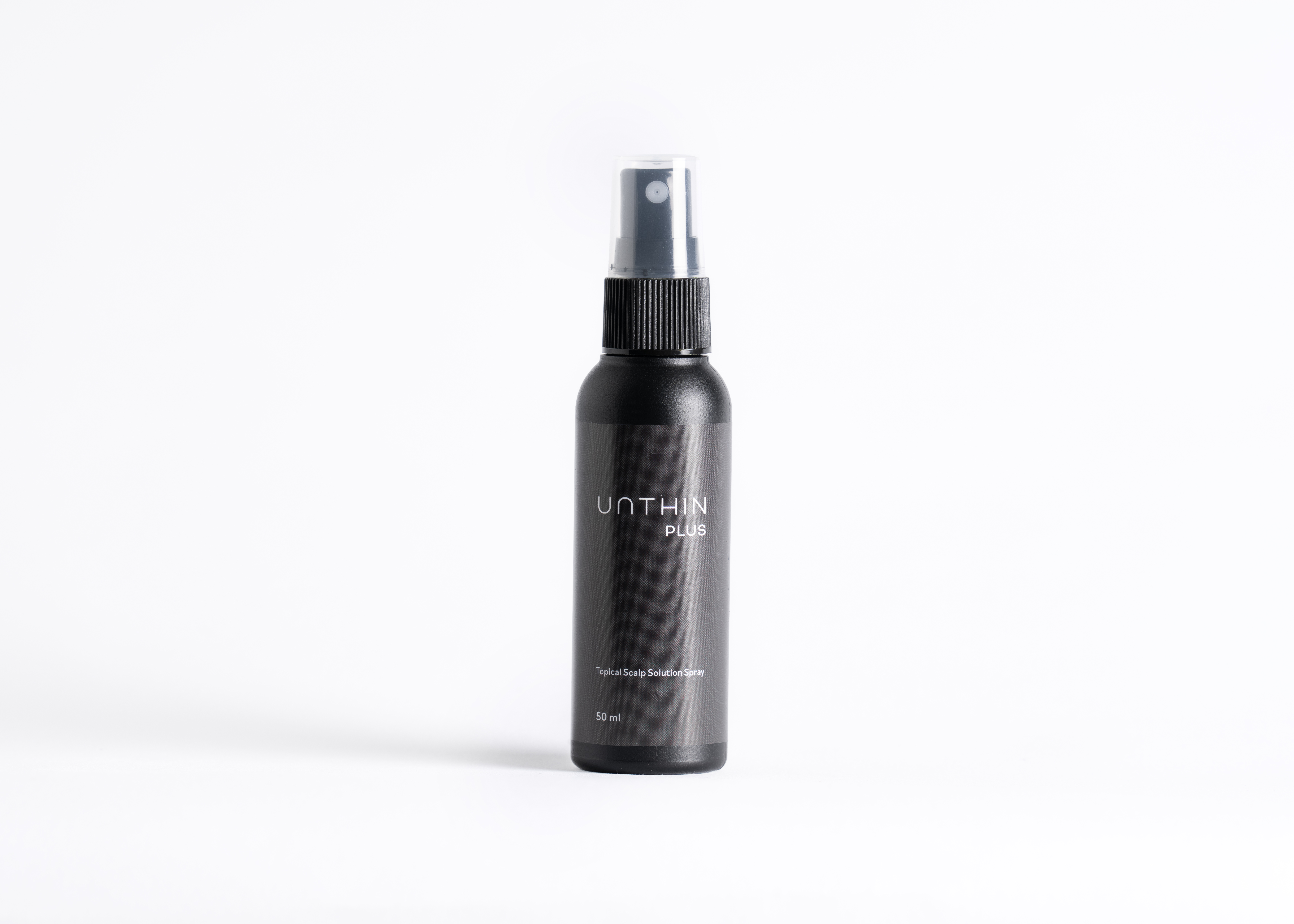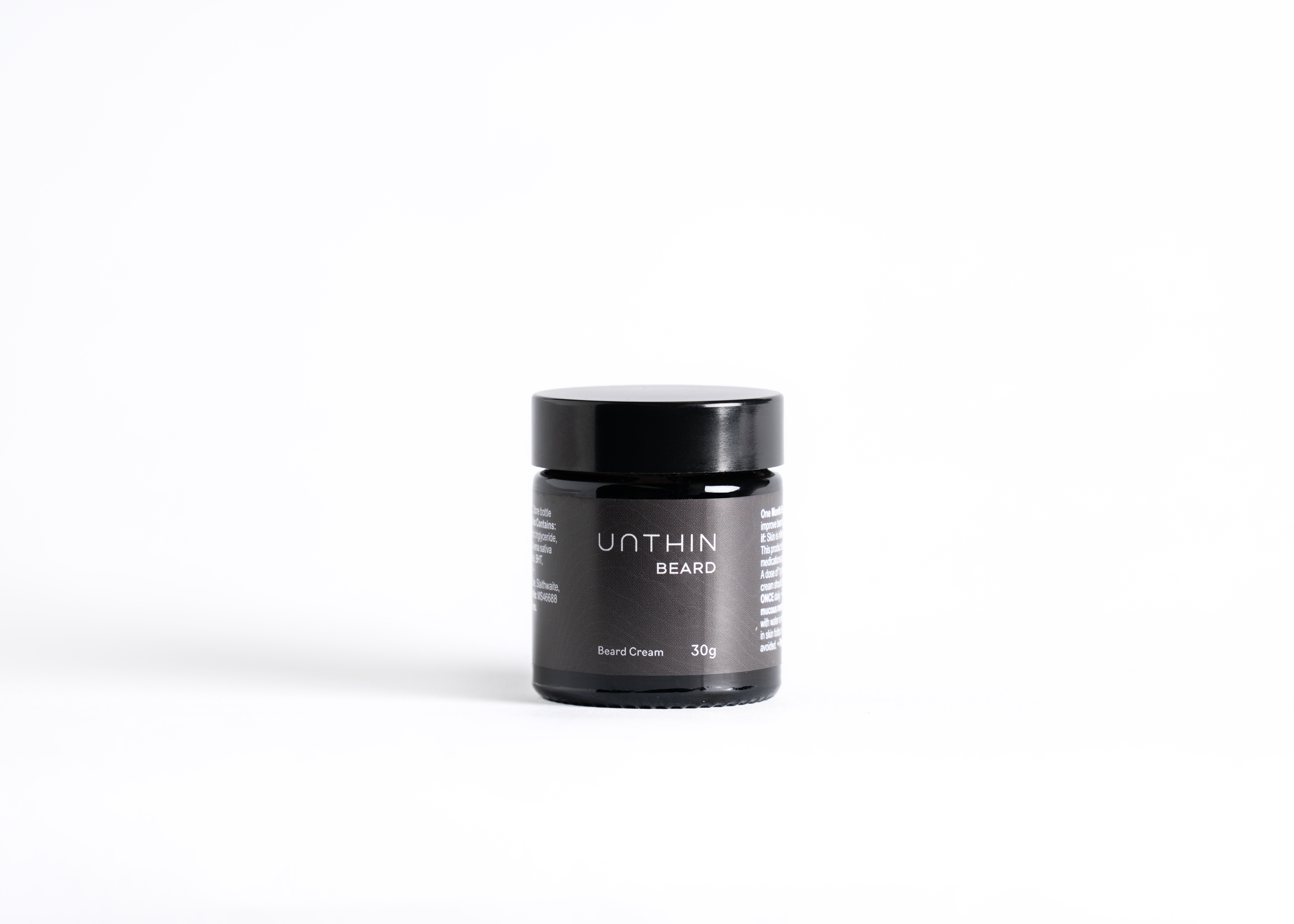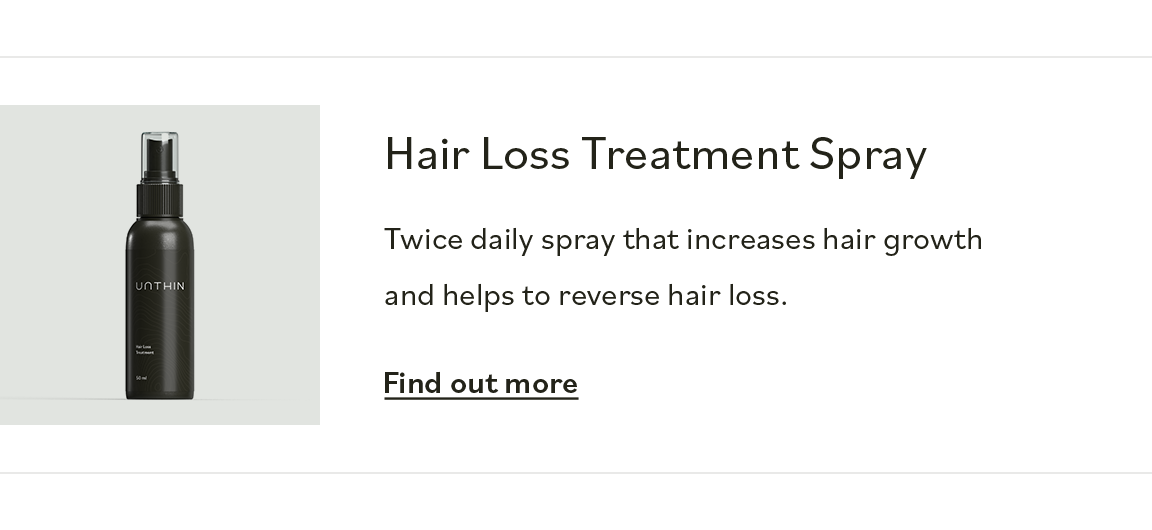How to Treat a Receding Hairline
For many men, watching your hairline slowly recede can be quite traumatic. But you’ll be glad to know that you don’t need to see your hair slowly slip away; there are ways to stop it in its tracks!
Why is my hair receding?
Everyone’s head is different, and there are many reasons why you could be experiencing hair loss, or what you perceive to be a receding hairline. Sometimes it’s a mineral or vitamin deficiency, sometimes it’s stress. But most often, men are experiencing Male Pattern Baldness, or MPB, for short.
There are more than 6.5 million men in the UK living with MPB. It’s caused by your scalp producing too much Dihydrotestosterone, another big word that we’ll shorten to DHT. Too much DHT causes the hair follicles to shrink until they eventually fall out, which over time leads to your hairline receding at your temples or crown.
Can I find out why my hairline is receding?
If you’re worried about why your hair is falling out, it’s best to speak to a dermatologist. They’ll likely ask for your personal and family medical history as a starting point.
A dermatologist will probably conduct a ‘pull test’, where they’ll gently pull on a few hairs to see how many and how easily they fall out. From this test, they can get a good idea of how strong or weak your follicles are and start working towards a solution.
Unfortunately, it’s almost impossible to tell just how far back your hairline will recede, so it’s important to take action quickly if you want to ensure you keep as much hair as possible.
What’s the best treatment for a receding hairline?
If the cause of your receding hairline is due to Male Pattern Baldness, there are solutions that will work for you.
Most men have heard of hair transplants or toupeés, but these are expensive and aren’t actually permanent solutions to treat hair loss.
Finasteride is a well-known treatment for Male Pattern Baldness. It can be ingested orally in a tablet form or applied directly to the scalp, in which case it is known as Topical Finasteride. Finasteride works to stop the conversion of Testosterone into DHT.
Minoxidil is another key treatment. It is a topical solution that works to deliver nutrients and encourage blood flow to the hair follicles, increasing the hairs in size and causing them to thicken.
You can find out more about Finasteride and Minoxidil here.
How Unthin can help
Both Finasteride and Minoxidil have shown to be the most effective treatments on the market for tackling male hair loss. That’s why we’ve combined both of these popular and tried-and-tested solutions into one twice-daily grease-free and odourless head spray.
Find out more about our treatment here.









